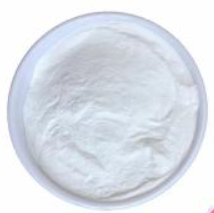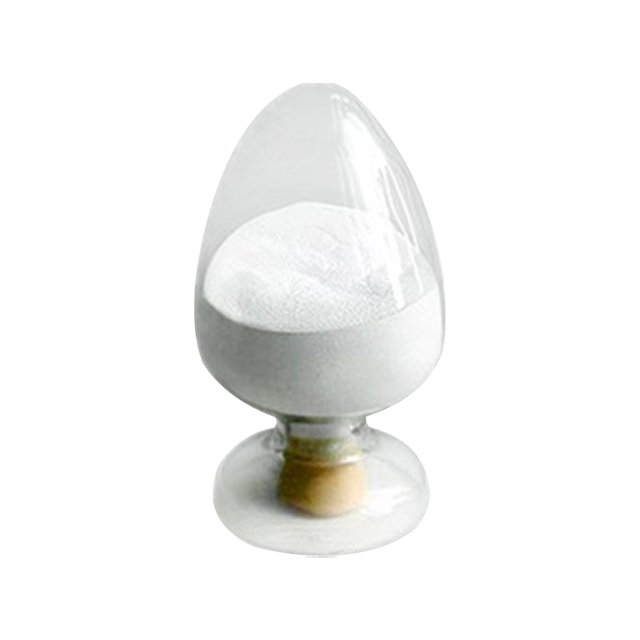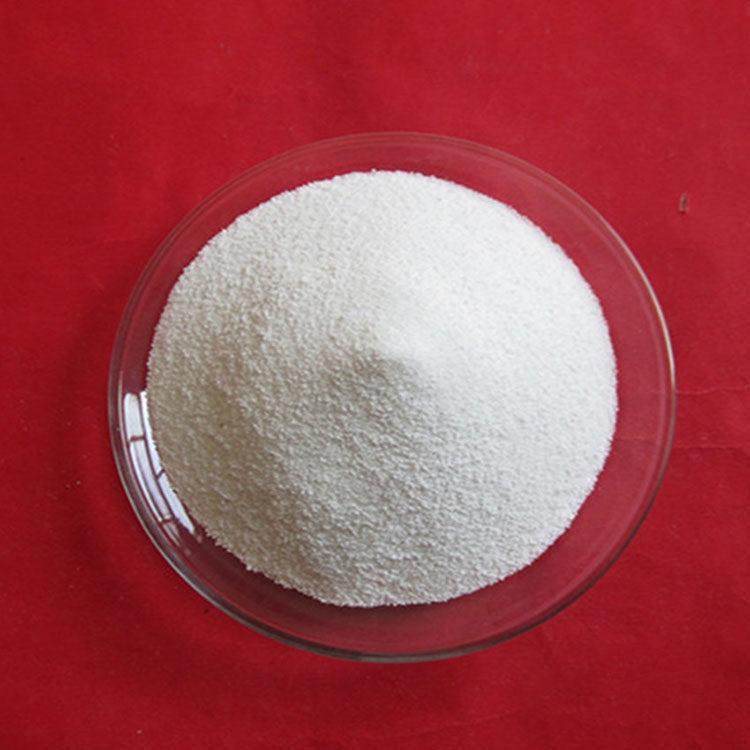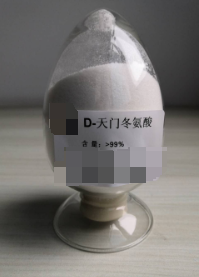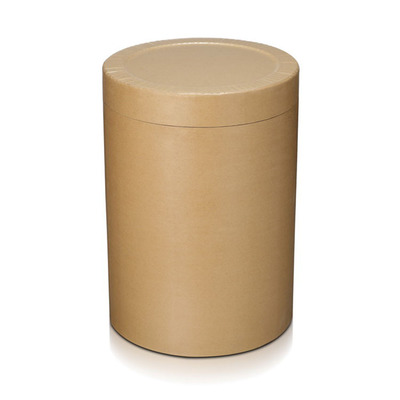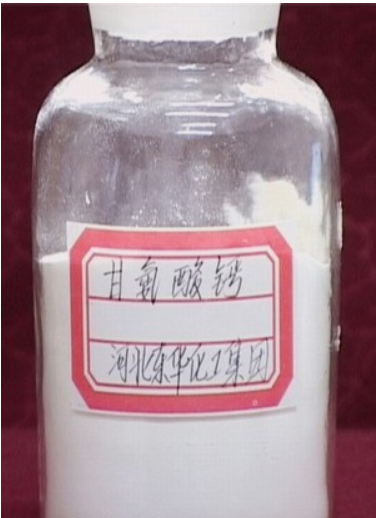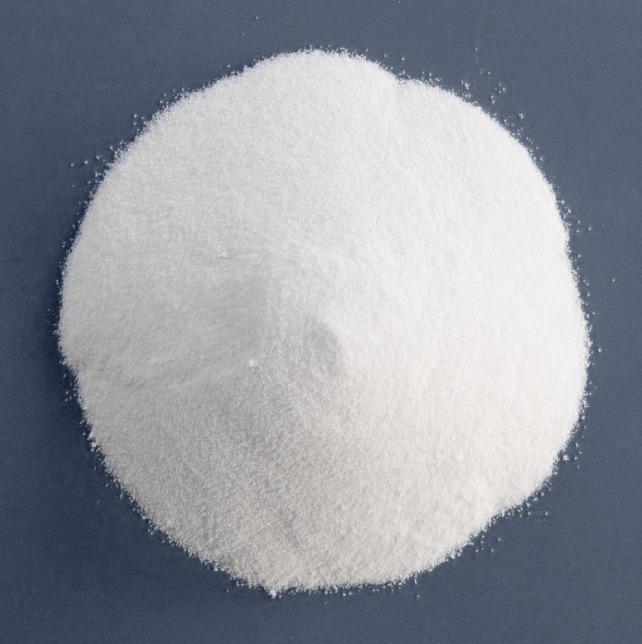Feed Additive
Additives For Food Packaging
Colorant
Stabilizer and Coagulator
Water Retention Agent
Feed Deworming Health Agents
Anti Corrosion and Preservation
Color Fixative
Flour Treatment Agent
Defoamer
Coating Agent
Feed Vitamins
Emulsifier
Other Food Additives
Nutritional Fortifier
Thickening Agent
Feed Quality Enhancer
Antioxidants
Chewing Gum Bases
Bulking Agent
Feed Amino Acids and Small Peptides
Flavor Enhancer
Sweeteners
Additives For Feed Preservation
Other Feed Additives
Food Additive
Bleaching Agents
Anticaking Agent
Food Flavors and Fragrances
Enzyme Preparation
Feed Trace Elements
Acidity Regulators
Feed Growth Promoters
Feed Conditioner
CAS:1401-69-0
Molecular Formula:C46H77NO17
Alias
More Information
Vetil; Tylosin base; Tylocine(R); Tylosine; Fradizine; Tylan; Tylosin,Predominantly Tylosin A; Tylocine; Vetil(R); Tylon; Tylosin Tartrate
Brief Introduction
Tylosin is a kind of veterinary macrolide antibiotics commonly used in China, also known as tyronon and tylosin. It can be obtained by fermentation of actinomycetes Streptomyces Freund. There are three forms of tylosin alkali, phosphate and tartrate. The antibacterial spectrum is similar to erythromycin. It has inhibitory effects on Gram-positive bacteria and some Gram-negative bacteria, mycoplasma, Vibrio, coccidia and spirochetes. It is particularly effective on mycoplasma, but its effect on Gram-positive bacteria is not as good as erythromycin. This product is characterized by its strong effect on mycoplasma. It is one of the drugs with the strongest anti Mycoplasma effect among macrolides. As a feed additive, it is widely used in the feed of chickens, pigs, cattle, sheep, fish, shrimp and other animals, which can promote the growth of livestock and poultry and improve the feed utilization rate. It is mainly used to control Mycoplasma disease in chickens, turkeys and other animals; Vibrio dysentery and infectious pleuropneumonia in pigs are also used for enteritis, pneumonia, mastitis and endometritis caused by sensitive bacteria. The effect of subcutaneous injection is better than that of oral administration in the treatment of chicken chronic respiratory diseases. The tissue drug concentration after subcutaneous injection is 2 ~ 3 times higher than that of oral administration, and the maintenance time of effective blood drug concentration is also longer. In addition, tylosin phosphate is also used as a growth promoting drug feed additive for cattle, pigs and chickens. There is cross resistance between this product and erythromycin.
Suppliers
View More Vendors (2) >
CAS:143824-78-6
Molecular Formula:C31H30N2O6
Alias
More Information
N(In)-Boc-Nalpha-Fmoc-L-Tryptophan; Fmoc-L-Trp(Boc); Nα-[(9H-Fluoren-9-Ylmethoxy)Carbonyl]-N1-Tert-Butoxycarbonyl-L-Tryptophan; Fmoc-Trp(Tert-Butyloxycarbonyl)-Oh; Nalpha-[(9H-Fluoren-9-Ylmethoxy)Carbonyl]-N1-Tert-Butoxycarbonyl-L-Tryptophan; N(In)-Boc-Nα-Fmoc-L-Tryptophan; Nα-Fmoc-N(In)-Boc-L-Tryptophan; N1-Boc-Nα-Fmoc-L-Tryptophan; N-Fmoc-Nin-Boc-L-Trp; N-(9-Fluorenyl)Methoxycarbonyl-Trp(Boc)-Oh; Fmoc-L-Trp(Boc)-Oh; Nalpha-Fmoc-N(In)-Boc-L-Tryptophan; Fmoc-Trp(Boc); Fmoc-Tryptophan(Boc)-Oh; Fmoc-Nin-T-Butyloxycarbonyl-L-Tryptophan; Fmoc-N-In-Boc-L-Tryptophan; Fmoc-N-Boc-L-Tryptophan
Brief Introduction
N-alpha-fluoromethoxycarbonyl-N-in-tert butoxycarbonyl-L-tryptophan is a tryptophan derivative that can be used to prepare various organic functional molecules with biological activity. It has a wide range of applications in basic biochemical research, such as the synthesis of solid-phase peptides as reported in relevant literature.
Suppliers
View More Vendors (2) >
CAS:1783-96-6
Molecular Formula:C4H7NO4
Alias
More Information
(2R)-2-Aminobutanedioic Acid; D-Asparaginic Acid; D(-)-Aspartic Acid; D-Aspartic Acid; D-Aspartate; D-Asparticacid; (R)-(−)-Aminosuccinic Acid; (R)-2-Aminosuccinic Acid; Aspartic Acid D-Form; H-D-Asp-Oh; Aspartic Acid, D-; (R)-(−)-Aminosuccinic Acid,(R)-2-Aminosuccinic Acid; (R)-Aminosuccinic Acid
Brief Introduction
D-aspartic acid is the D-enantiomer of aspartic acid. It has a role as a mouse metabolite. It is an aspartic acid and a D-alpha-amino acid. It is a conjugate acid of a D-aspartate(1-). It is an enantiomer of a L-aspartic acid.
This product is a precursor and intermediate for the synthesis of chiral drugs.
Suppliers
View More Vendors (2) >
CAS:330-95-0
Molecular Formula:C19H18N6O6
Alias
More Information
Nirazin; Nicarbazine; Nicrazin; Nicarbazin; Nicarb; Nicrazine; Nicoxin; Nicarbasin; N,N'-Bis(4-Nitrophenyl)Urea Compound With 4,6-Dimethyl-2-Pyrimidinone; Mk 75; 1,3-Bis(4-Nitrophenyl)Urea-4,6-Dimethylpyrimidin-2-Ol (1
Brief Introduction
This product has a good preventive effect on chicken cecal coccidia, Eimeria cumulus, Eimeria gigantica, Eimeria poisoning and Eimeria borrelii. It has the advantages of high efficiency, low toxicity, stable performance and low drug resistance. This product can be used in combination with coccidial ester, and the effect is better.
Suppliers
View More Vendors (2) >
CAS:35947-07-0
Molecular Formula:C4H8CaN2O4
Brief Introduction
This product is a nutritional enhancer and a new calcium supplement, which is easier to be absorbed by the human body than other calcium supplements.
Suppliers
View More Vendors (2) >
Inquiry (
10
/ 10
)
Clear All
Sign In
Error!

